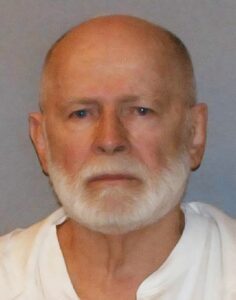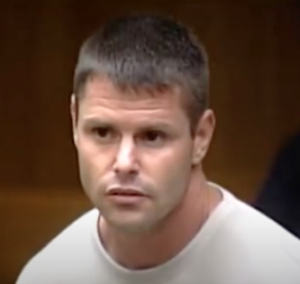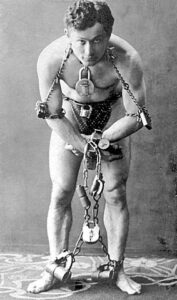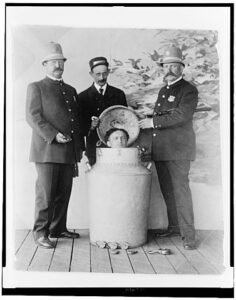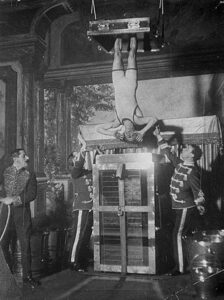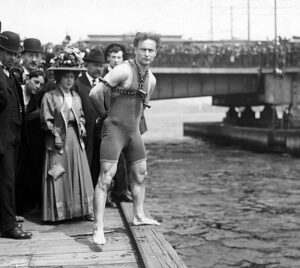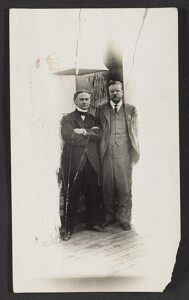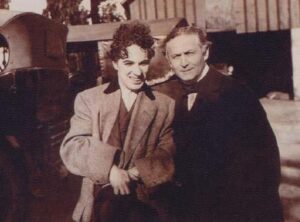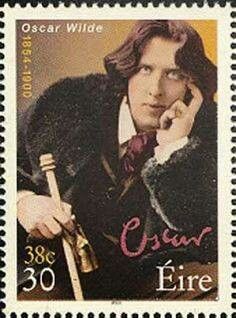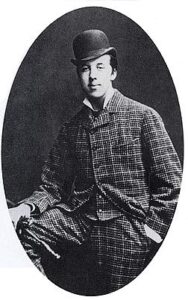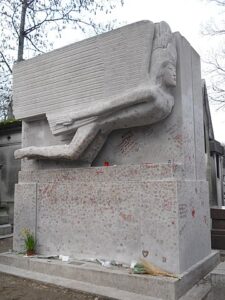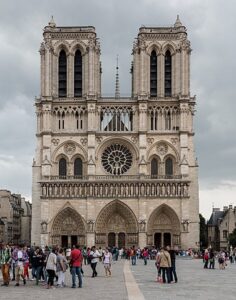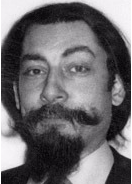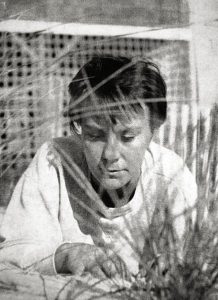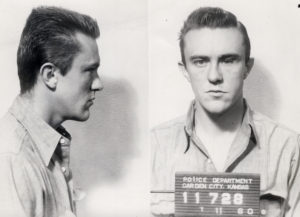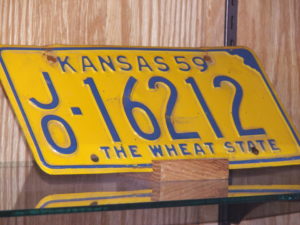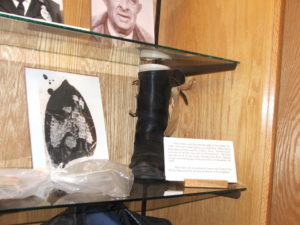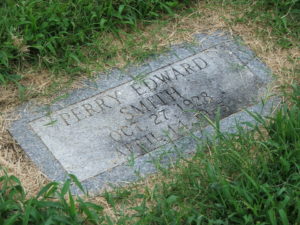For twenty years, Whitey Bulger terrorized Boston with the full collusion of the FBI. On the run for sixteen years, he was eventually arrested on June 22, 2011.
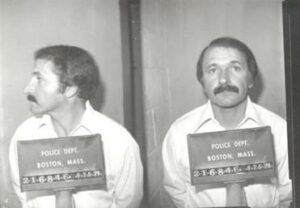
Litif got off with this stern warning but then made the mistake of telling Bulger that he was going to murder his bookmaker partner, a last straw. On April, he was invited to the Triple O’s where Bulger stabbed him repeatedly with an ice pick and Steve Flemmi shot him in the head. His body was found in the trunk of his car, in garbage bags, abandoned on a South End street. In another example of his macabre sense of humor Whitey explained to associates afterwards that Litif, known as a flashy dresser, was wearing green underwear after they stripped his body. Therefore, they made sure that they used green garbage bags, so that Louis would be found, color coordinated.
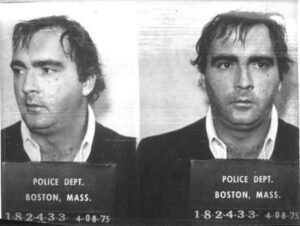
Only a few months later, a Southie criminal named Brian Halloran tried to extricate himself from some serious criminal charges by going to the FBI, with details tying Bulger and Flemmi to the murders of Louie Litif and Roger Wheeler, even claiming to be an eye witness in both cases. Although Halloran was at least embellishing if not outright lying about his presence at the Wheeler slaying, he was close enough to Callahan to be able to secretly record potentially incriminating conversations. He pleaded to be allowed into the witness protection program and the agent handling his case figured he would run that by supervisor John Morris, to see what he thought. Morris immediately told Connolly who told Whitey Bulger.
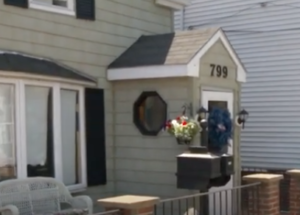
With two bodies now buried in its basement, Whitey Bulger began referring to the Nee house as the Haunty. The cellar would have another permanent guest, Deborah Hussey, Steve Flemmi’s quasi-stepdaughter. Although he and Marion Hussey never married, he lived within the Hussey household and was perceived as the father in the family. That is, until Deborah Hussey revealed that Flemmi had molested her sexually, beginning when she was a young teenager. As an adult, Debbie developed a serious drug addiction and resorted to prostitution to feed her habit. Arrested on numerous occasions, she frequently named dropped both Flemmi and Bulger to the police. She also took to hanging around the Triple O’s and demanding drinks from the customers or hitting up Southie dope dealers for freebies, bragging that she had connections to Whitey, another big red flag. Bulger believed her to be a dangerous loose cannon and began pushing Flemmi to do something about it. In early January, 1985, Flemmi did. He got her to meet him by feigning guilt over what had happened between them and the general situation with her mother. He asked to make it up to her by taking her clothes shopping and telling her he was thinking of buying her her own place. Why don’t we drop by and take a look and see if you like it? The house in question was The Haunty.

Ambitious, Connolly was fully aware that for the FBI, the American Mafia to the exclusion of all other organized crime entities was the paramount target of Federal law enforcement. Aware that Steve Flemmi already had provided information, Connolly set his sights on forming the same relationship with Whitey Bulger. Thus far in his brief FBI career in New York, Connolly received high praise during his ongoing evaluations with the stipulation that he had not developed any confidential informants. The agent, knowing Whitey from the old neighborhood and willing to cut ethical and professional corners, understood that developing Whitey as a Top echelon informant could be, within the bureau, a career maker.

In the cat and mouse game of criminal informant, it quickly became clear that the lines were being blurred as to who was the cat and who was the mouse. John Connolly introduced Bulger and Flemmi to his newly installed supervisor within the FBI’s Boston Organized Crime Unit, John Morris. Connolly also arranged for regular dinners at Morris’ home in Lexington, Mass, dinners that included Whitey showing up with cases of very expensive wine, that always got left behind. Morris was blown away by Connolly’s ability to gain access to two such high level informants and was also manipulated by Whitey’s slick Robin Hood façade of claiming to abhor drugs, detesting the Mafia and keeping his neighborhood free from hard drugs like cocaine and heroin and the junkies and pushers who came with such pestilence. All of these claims were either ultimately self-serving or outright lies, but Morris was taken in.

In the late afternoon of June 22, 2011, in Santa Monica, California a property manager name Josh Bond was sitting in his office at the Embassy Hotel. Picking up the phone, Bond punched in the number of tenants from another property across the street, the Princess Eugenia Apartments at 1012 3rd Street, only blocks from the Pacific Ocean.

Whitey also made the most crucial connection of his criminal career when he began to interact with Stephen Flemmi, a member of the Winter Hill Gang who had ambitions of bigger and better things. Nicknamed “The Rifleman,” based on two Army tours of duty in Korea, in which he earned both a Bronze and Silver Star, Flemmi also had an ongoing relationship with longtime Boston FBI agent Paul Rico who specialized in developing informants in the New England criminal underworld.
Podcast: Play in new window | Download
Subscribe: RSS



